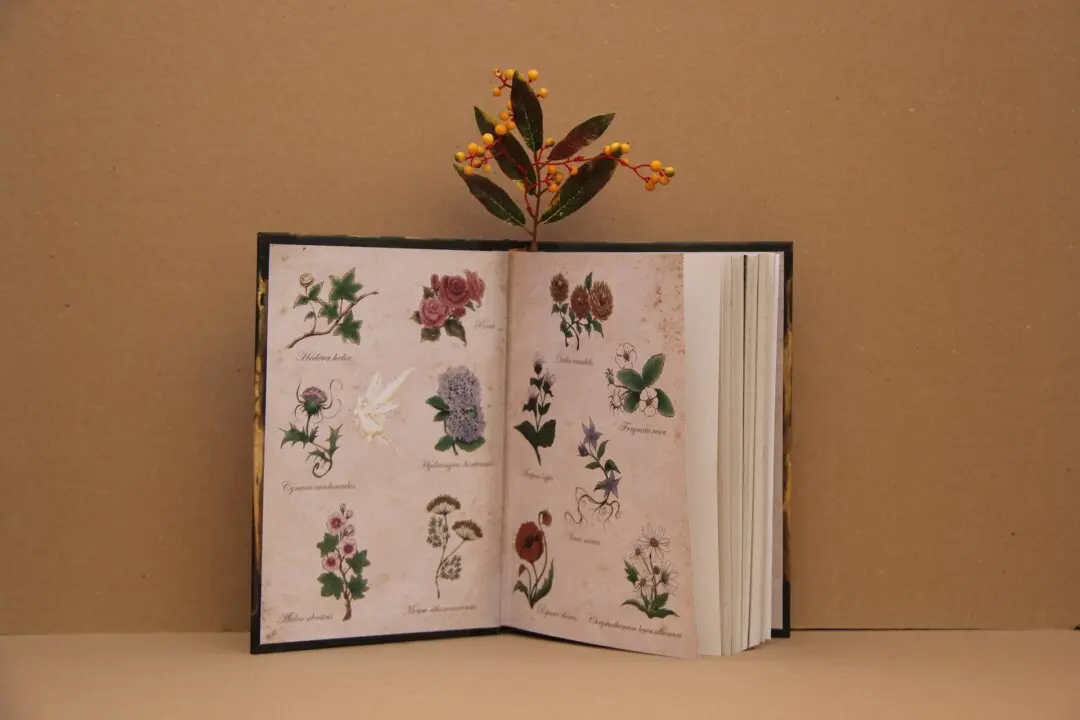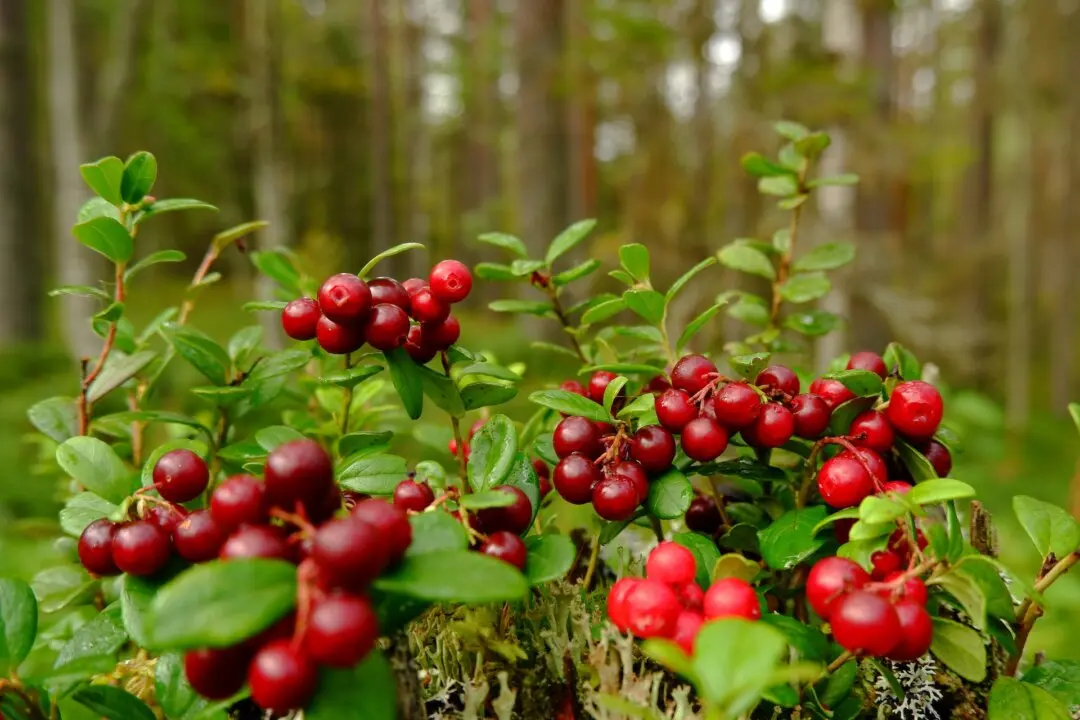As spring arrives, it is time to start scouting for signs of diseases, insects, and weeds. Once a pest is found that may result in significant damage, a control measure must be found to produce an economical reduction of the pest population. The control must also be minimally disruptive to the natural controls of the pest. It should be the least hazardous to human health, the least toxic to nontarget organisms, and the least damaging to the general environment. It needs to be easy to use effectively and cost-effective over both the short and long term.
For many of our landscape pests, we can use a cultural control to increase plant health to prevent pest problems. Healthy plants can tolerate pest damage without using any chemical control treatments. For instance, mowing a lawn creates stress to the grass plant, so it is necessary to fertilize and water correctly to help keep the grass healthy. A lawn full of healthy grass can prevent weeds from getting into the lawn. Proper cultural care helps prevent the pest weeds and the need for herbicides.





